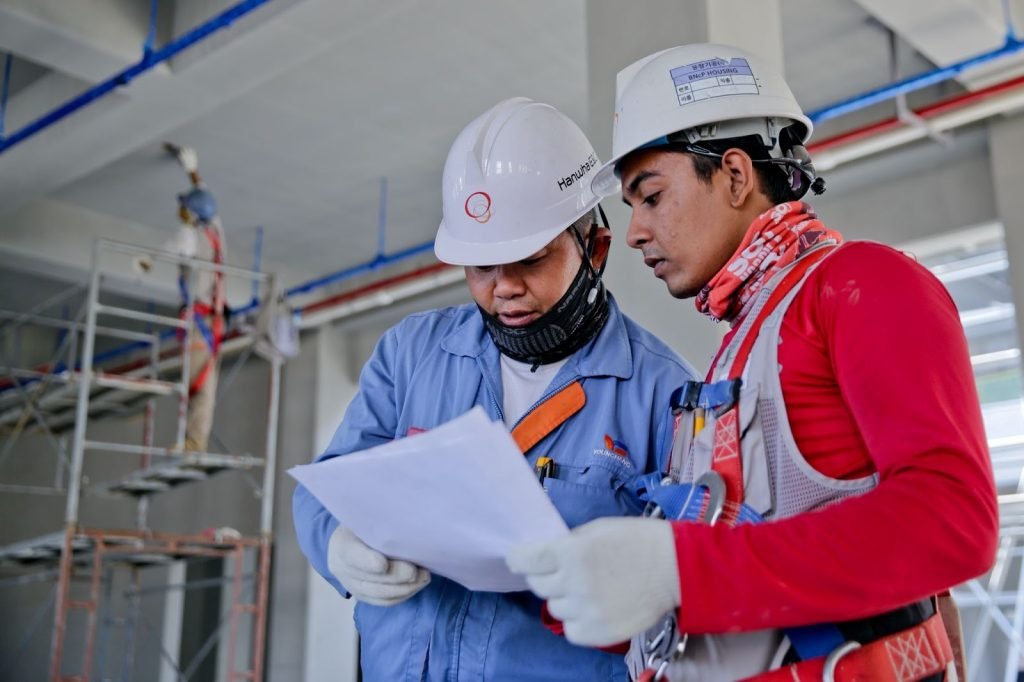Both businesses and households in the UK still use natural gas within their work space and their homes. This is a hazardous chemical which is dangerous to your health if not used properly.
It is important to teach your employees how to be cautious and practise safe methods when using or being around gas in the workplace or on site.
For businesses who are looking to switch utility companies for cheaper options, they can find affordable business gas by using comparison sites.
This article discusses the ways that employees can educate their staff on the safety of gas.
The Importance of Educating Your Employees on Gas Safety
Being safety conscious in the workplace is an important aspect of ensuring that your employees remain unharmed during their shift. This will also show employees that safety within the workplace is a priority for the management and thus will make them follow the rules put in place to avoid sustaining any injuries or worse, fatalities.
Employees being aware of their safety also increases work production as there is more time spent on working then having to close down an area of the site or work place due to injuries or accidents happening as this can slow production.
How to Educate Your Employees On Gas Safety
Employees should always beware of their surroundings while at work, not only when around gas and heavy machinery but to follow safety policies that have been put in place by their safety representatives.
Use Banners/Posters as an Education Method
Sticking up safety banners or posters in easy to see areas in the workplace can serve as reminders for the staff while they are working.
You can also opt to have these posters of each individual job task if there are more than one and highlight their safe working methods and the dos and don’ts when performing the task.
Provide PPE (Personal Protective Equipment)
Giving employees the proper PPE and showing them how to use them can help ensure that they are working safely and also prevent any severe injuries if they should happen to be involved in an accident that is outside of their control.
These PPE can include reflective vests, overalls, eye-glasses, helmets/hardhats, gloves, gas masks, and safety boots.
Be sure to have someone keep a list of when employees might need new PPE so that employees are always provided with materials to do their job properly and safely.
Conduct Safety Audits and Surveys
Keep track of the number of injuries-on-duty, this will help notice where some mistakes are often made or certain injuries are more frequent than others.
Conduct surveys and allow employees to give their honest opinions on the safety policies, any changes that they would like to make or add or what works or doesn’t work for them.
This will help management understand which areas might need changing or which procedures or policies need to be implemented more than others.
Avoid Simultaneous Operations On-Site
Having people doing different job tasks while on the same site can cause accidents when working with gas. Especially if there are people who are working with oil as well.
These accidents can include high-pressure lines, vehicles bumping into each other or equipment falling over on site.
It is important for employees to communicate to each other about the risks involved with the rest of the staff when they are using gas or stepping into an area that has been designated for gas.
Temporary staff should also be sent for training and safety talks as they are new to the environment and pose a great risk not only to themselves but everyone else in the workplace or on the job site.
Use the Double Communication Approach
This refers to having employees verbally discuss the hazards and accidents that happen within the workplace as well as digitally reporting and updating policies and any changes that are made in regards to employees safety when working with gas and help them implement the protocols to ensure safety in the workplace.
Conclusion
Educating your employees on safety measures within the workplace is not only beneficial for your company but it saves on a loss of production should an employee hurt themselves and costs to pay medical expenses.
Using the above methods to help enforce safety procedures and policies is a practical approach to ensure that all employees are properly trained and have safety awareness no matter their job description.
Gas is a hazardous chemical and both companies and workers should always use PPE and follow clear safety instructions to avoid fatalities.

